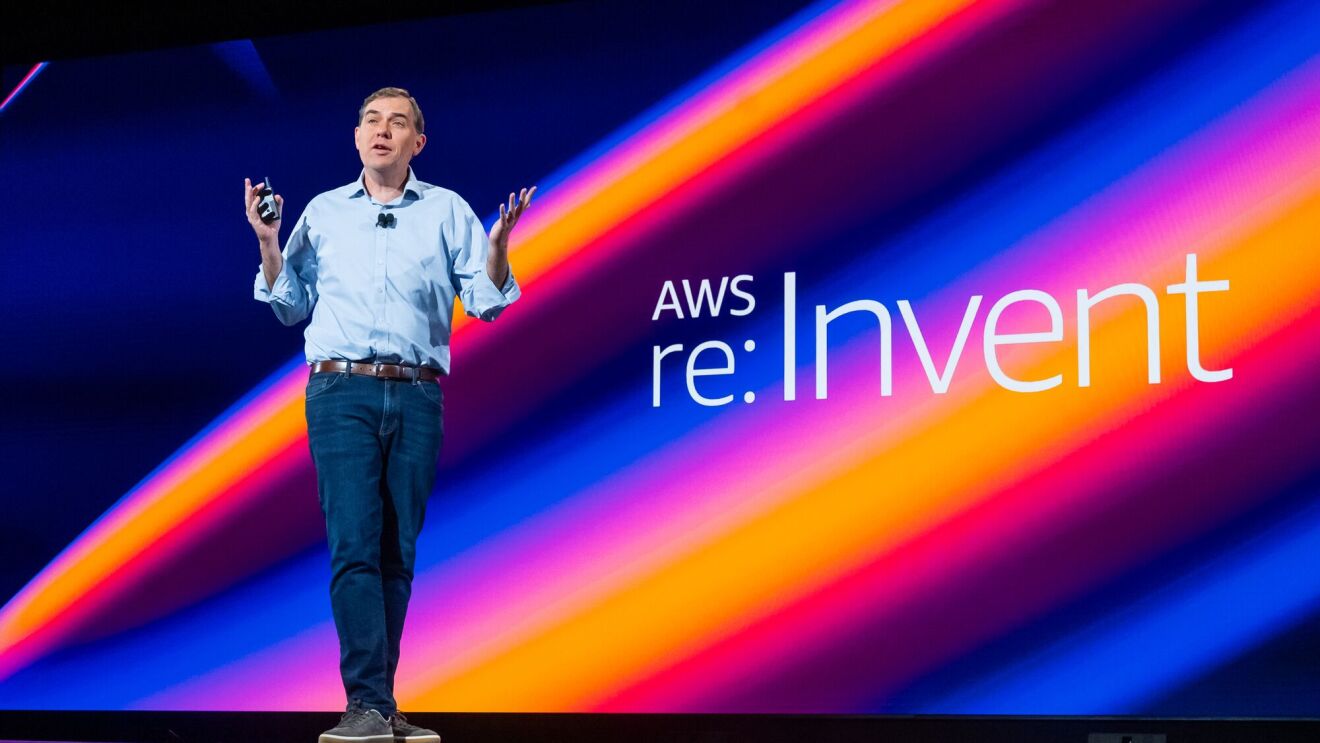Page overview
Find new ways to encourage sharing
Randery said it was important to recognize that people respond differently to different mediums of communication, and you need to create the space for them to share their ideas. Randery, who has led organizations as a former CEO and founded PowerWomen Network for senior women business leaders, said that those who are less vocal in meetings often have valuable inputs they aren’t sharing in the moment. They may just need more time to think than in-person setups allow, often preferring digital environments such as chatrooms or email, to formulate their ideas. With more available technologies than ever to enable these virtual contributions, “more people are willing to share their views,” she said. This broadens the pool of ideas and—using the range of tools these technologies offer to organize and triage information—can strengthen a business or team's overall strategy. “Whether it’s in meetings, or outside of meetings, we continue to gain diverse perspectives,” she said.
Randery added that she loves the Amazon Leadership Principle “Are Right, a Lot” because it reminds everyone to constantly seek different viewpoints in order to disconfirm beliefs.
The panel observed that organizations can often have institutional or historical resistance to broadening their own perspectives. Levy said that the way to cut through is to make a personal commitment to change.
“Leaders can provide an example. They can be vocally self-critical. They can be vulnerable in some senses. That sets a tone for everybody in the organization to speak up, or to be comfortable in their own style of leadership. That's really important. I think it's critical to cultivate that,” he said.
Levy said his teams are diverse because they were intentional about it. He agreed with both Randery and Thornton that the only way to ensure diversity is, as Randery put it, by “starting as you mean to go on.” “Make your teams diverse. Just go out and do it,” said Levy. “The argument for whether diversity is effective in business? It’s not even a debate anymore. Diverse teams are high-performing teams.”
Randery and Thornton shared their thoughts on unforeseen blockers they’ve experienced in their careers, and their approach to removing them. Years ago, Randery worked for a management consultancy firm. She hadn’t graduated from an Ivy League school—“where basically all the other consultants came from”—and was a specialist, not a generalist, which was unusual. One manager told her she would never make partner.
“That was fuel to the fire,” she said. "I threw myself into the learning—I became a really deep specialist. When you come from a position of knowledge, you have something to say. People look up to you. They respond to you. You're the expert. That expertise helped me build a network and a brand. Suddenly I had a lot of pull.” (And yes, she did eventually make partner.)
According to Randery, encountering such challenges is a sign you’re doing something right. “If you're not coming into blockers, you're not pushing the boundaries hard enough. The question is, how do we learn from them?” The most important thing, she said, was to “calibrate, not catastrophize.” Going back, thinking through something, and trying to understand exactly why something didn’t work out has allowed her to be much more prepared the second time around.
Thornton said that like Randery, she avoids catastrophizing. “I always tried to take a step back and just think, ‘OK, what's going on here? Who's involved? How should I think about it?’ I would sort of challenge myself to say, ‘What's a different way to think about it?’" she said.
Thornton didn’t necessarily think about things in terms of blockers, but rather how to navigate different experiences—positive and negative. It was about “learning from them and making sure you're passing on those learnings.”
Thornton said it was vital to have the right “inspection mechanisms” in place—whether that’s across recruitment and hiring, team goal setting, or marketing strategies and campaigns themselves. “We are constantly looking at our marketing through the lens of ‘How does this come across? Are we capturing diverse perspectives?’ Internally, when we have meetings, we're always asking each other, ‘How did you think about this question? How were you perceiving this situation?’ That's really important.”
“The more open we can be, the more authentic we can be,” she added, sharing that for the fifth year in a row, Amazon had earned a perfect score on the Human Rights Campaign’s Corporate Equality Index, ranking it among the best places to work for LGBTQ+ equality.
“The more we can seek out diverse perspectives, both internally and externally, the better we're going to be as a team, and the better we're going to be for our customers,” she said.
Levy said it was critical for all women leaders, and all underrepresented groups, to have allies within their place of work. “I think you'll find that the vast majority of people are excited to be allies,” he said. “They're ready to both help and learn, but also support when necessary. I know there are many, many men throughout the company who are not quite sure what their participation level should be (as an ally), or how they should participate.I would say, just ask.” On the subject of male allies in particular, Randery was clear: “It's super important to have them in the room, because they are influencing careers and progress. I was looking up some research and BCG, the management consulting firm, showed that, apparently, when men are involved in gender inclusion programs, 96% of those organizations see progress. Versus 30% of organizations (see progress) where men are not engaged.”
Thornton said that part of creating an inclusive culture came down to “finding and building your village.” That means asking about and finding your mentors and the coworkers who are going to help you learn, grow, and bring diverse perspectives. “I want to make sure I'm making space for everyone on my team to share their voice,” Thornton said.
Trending news and stories










